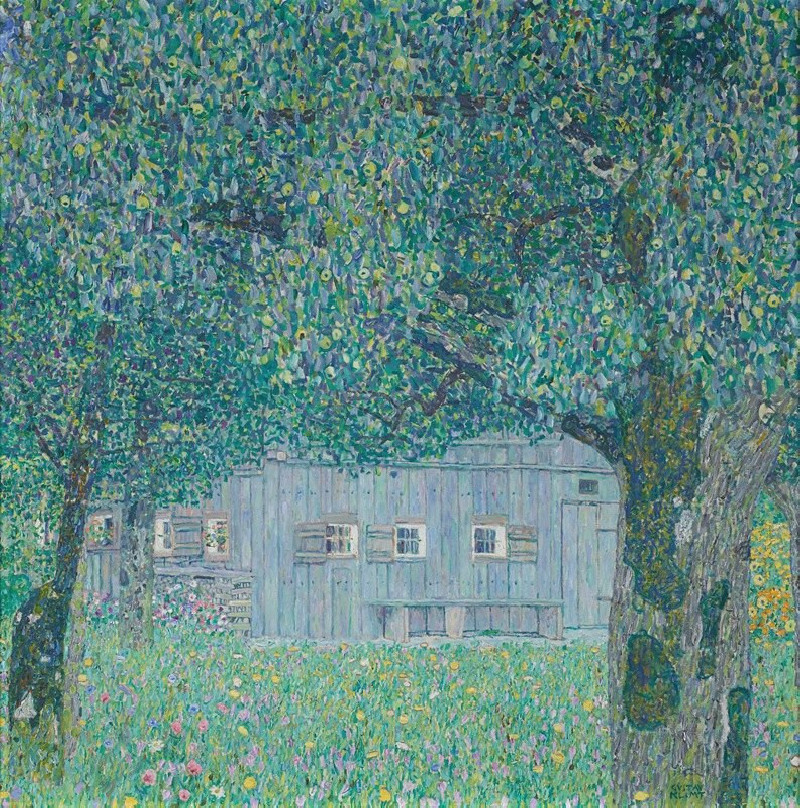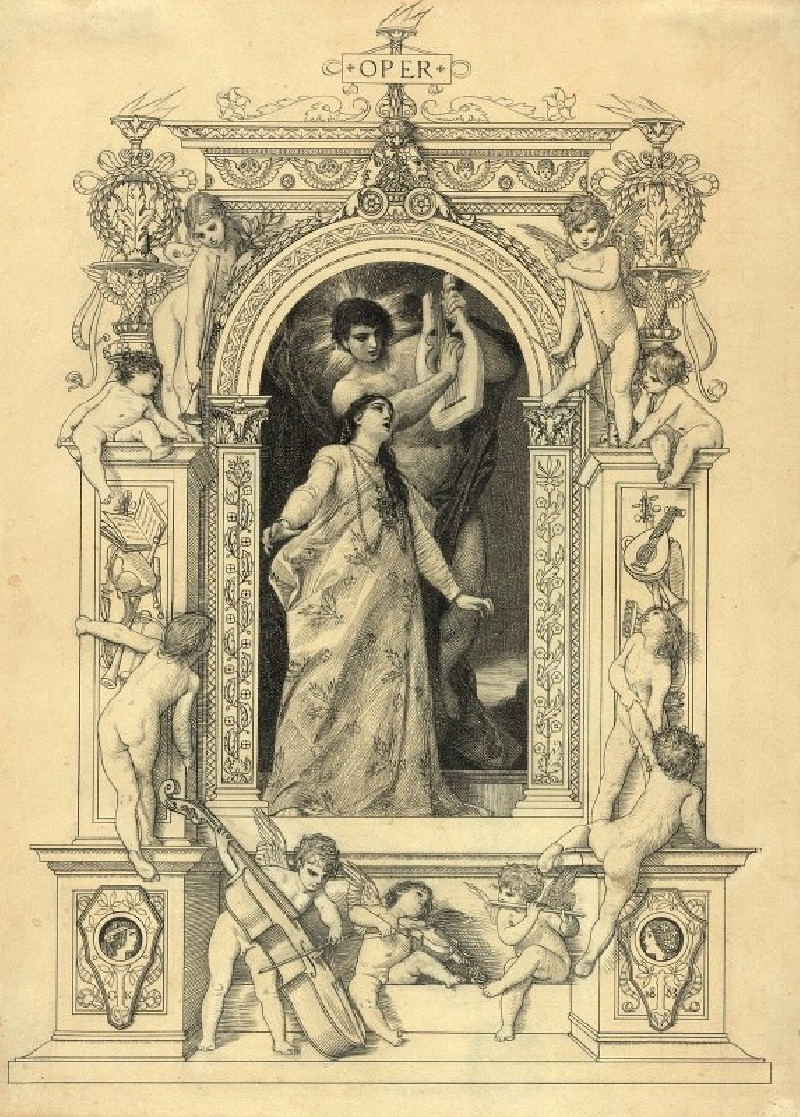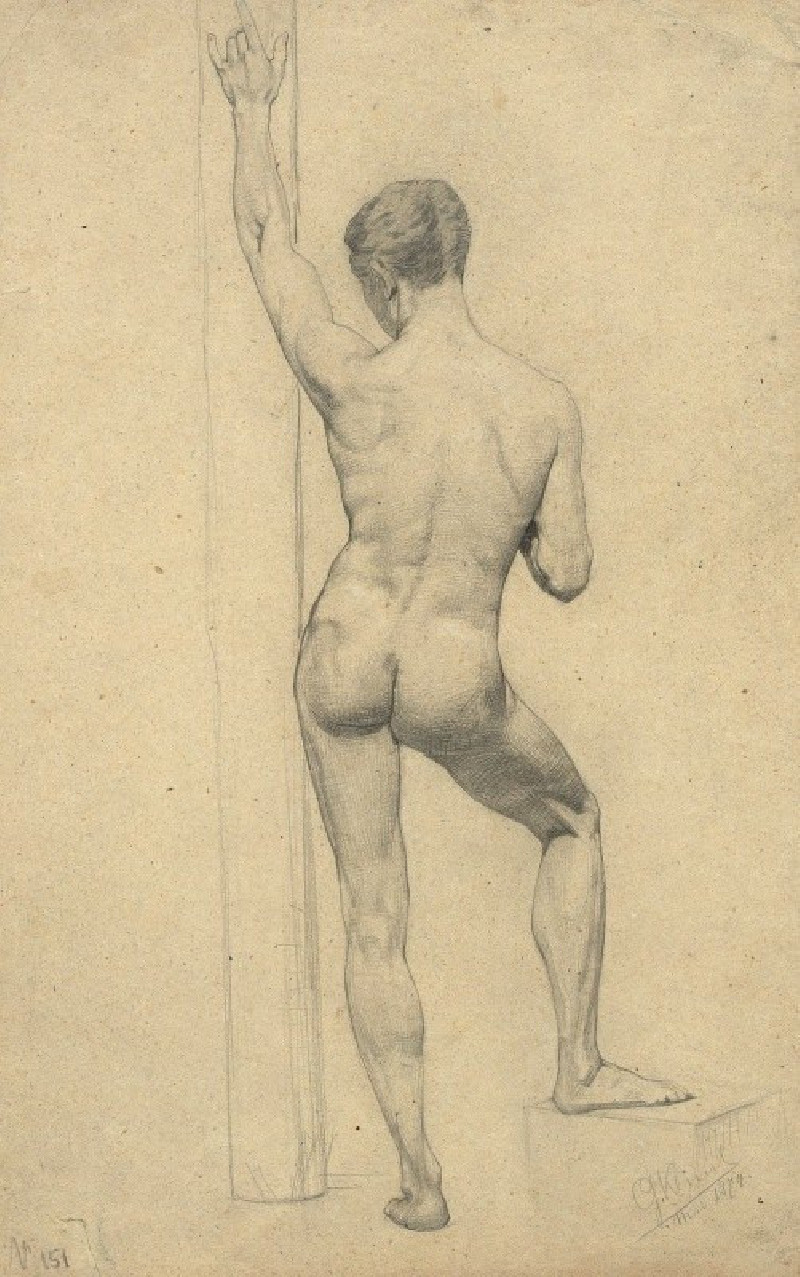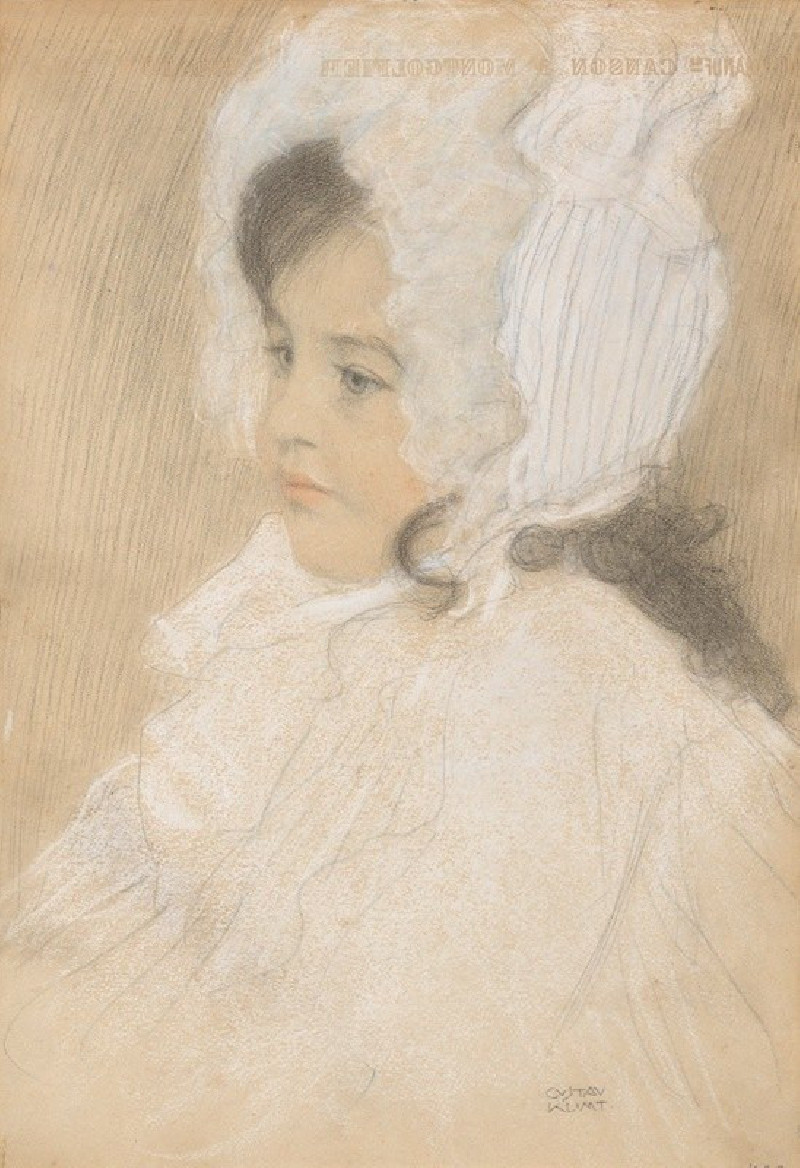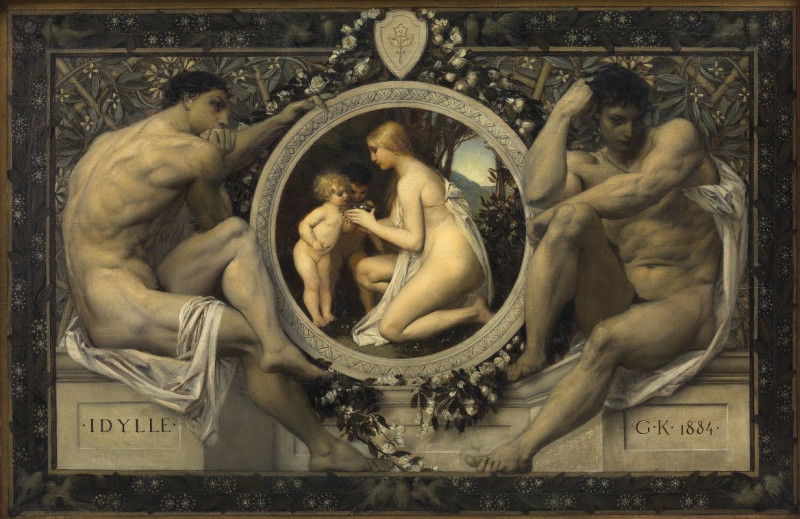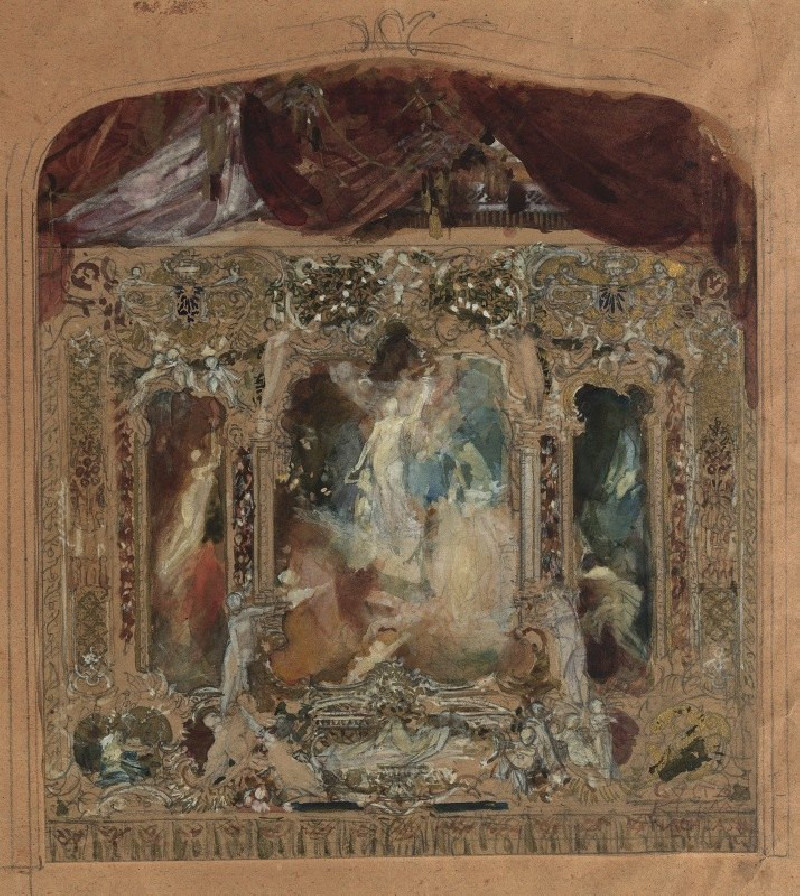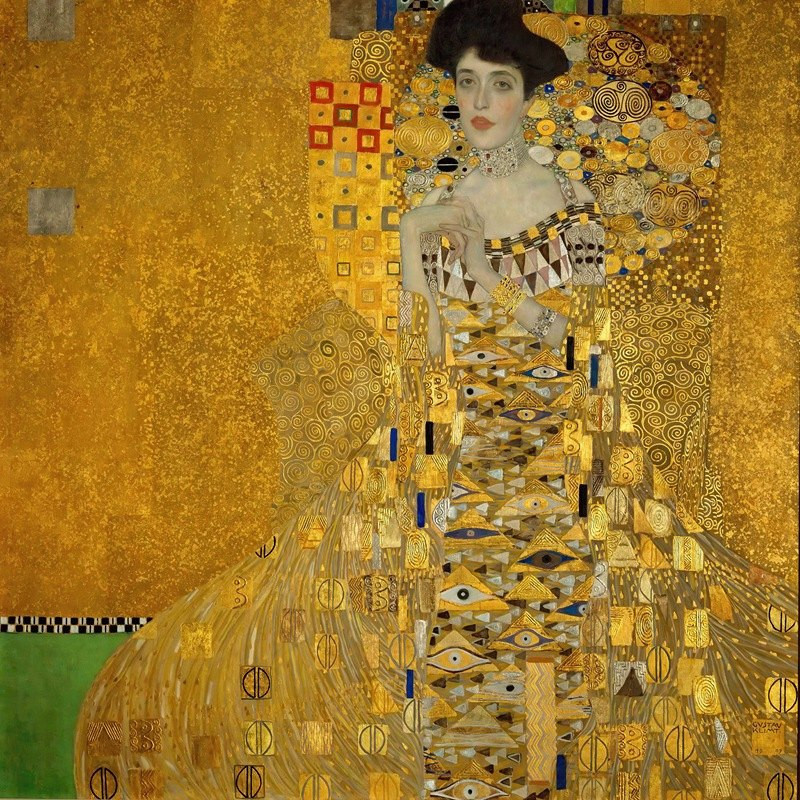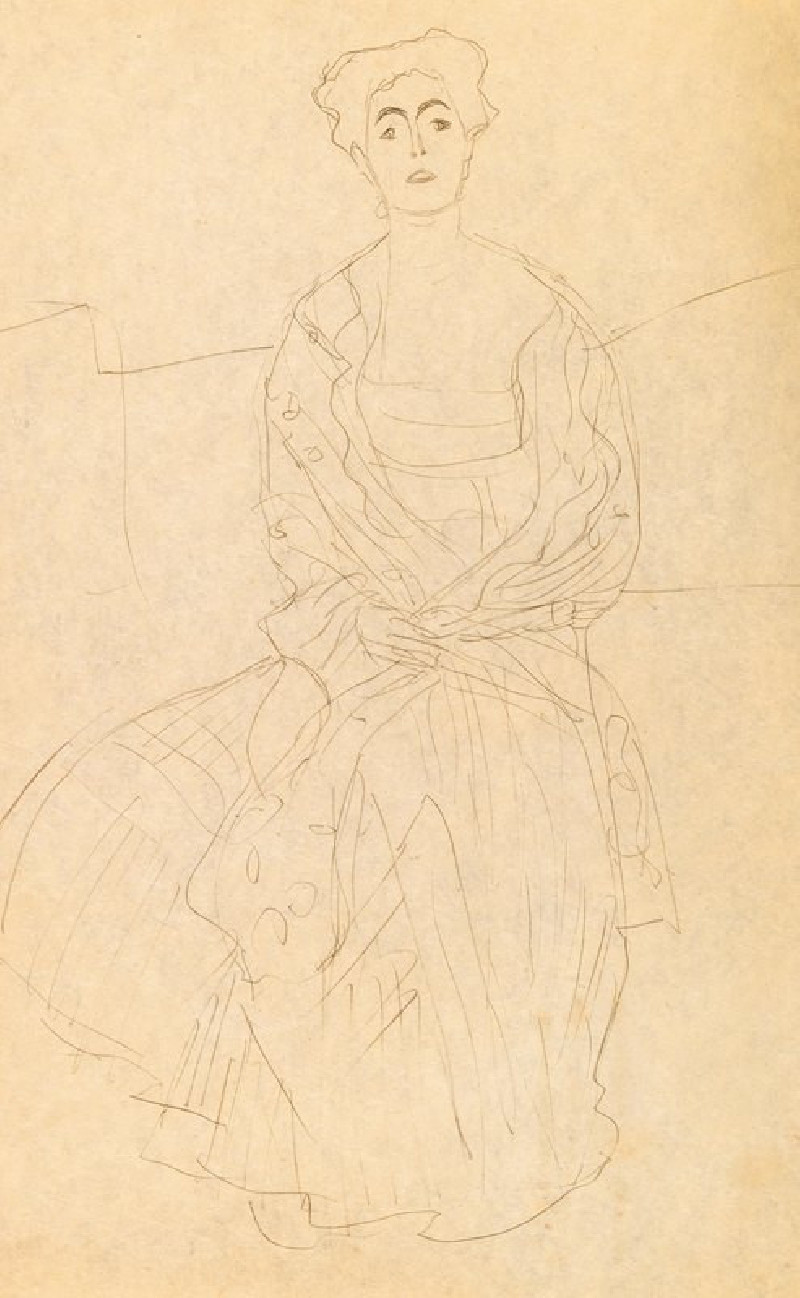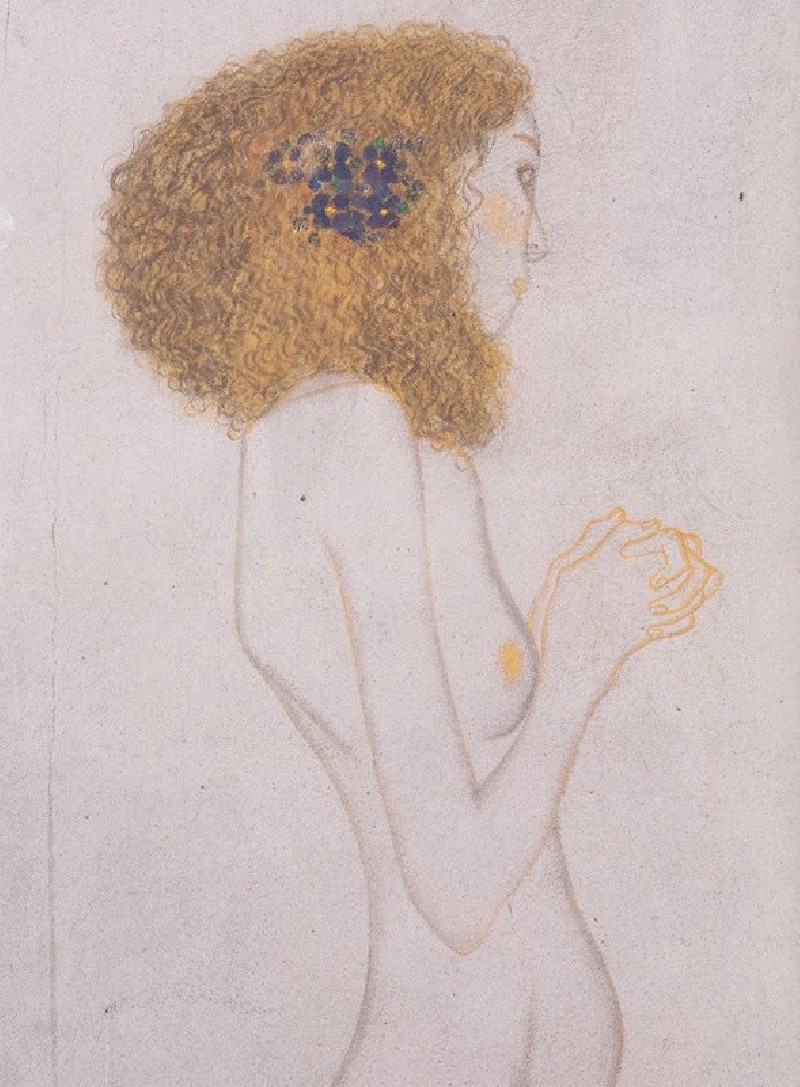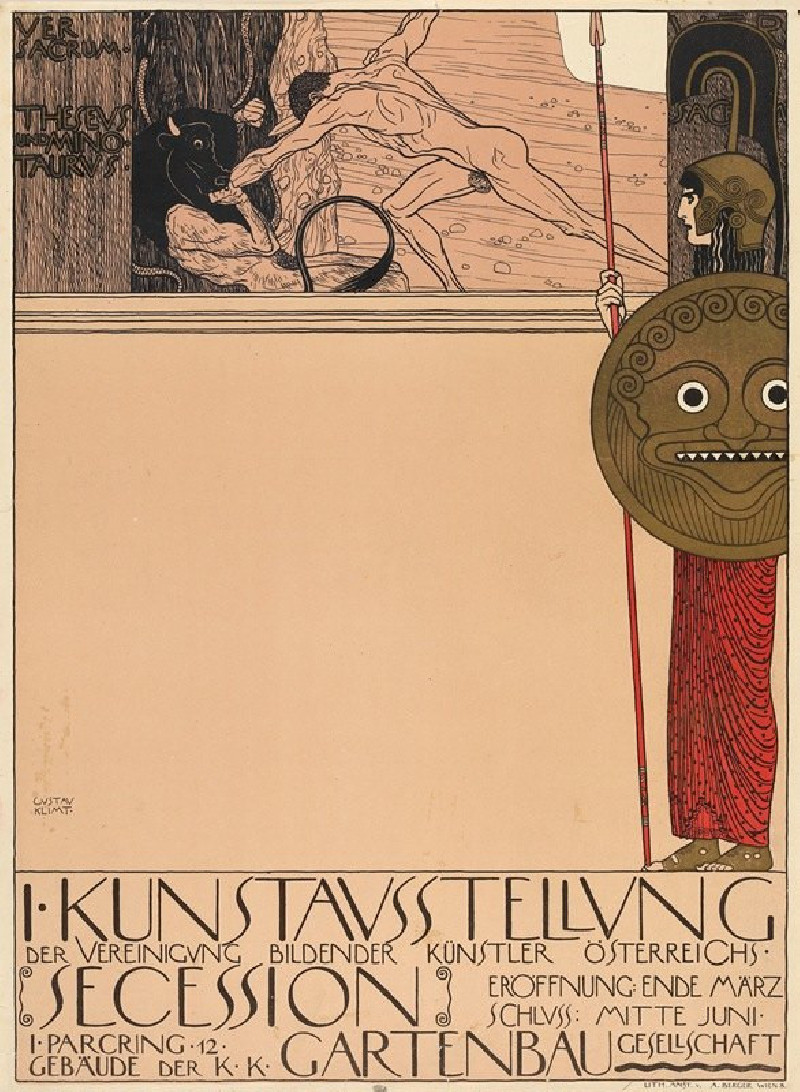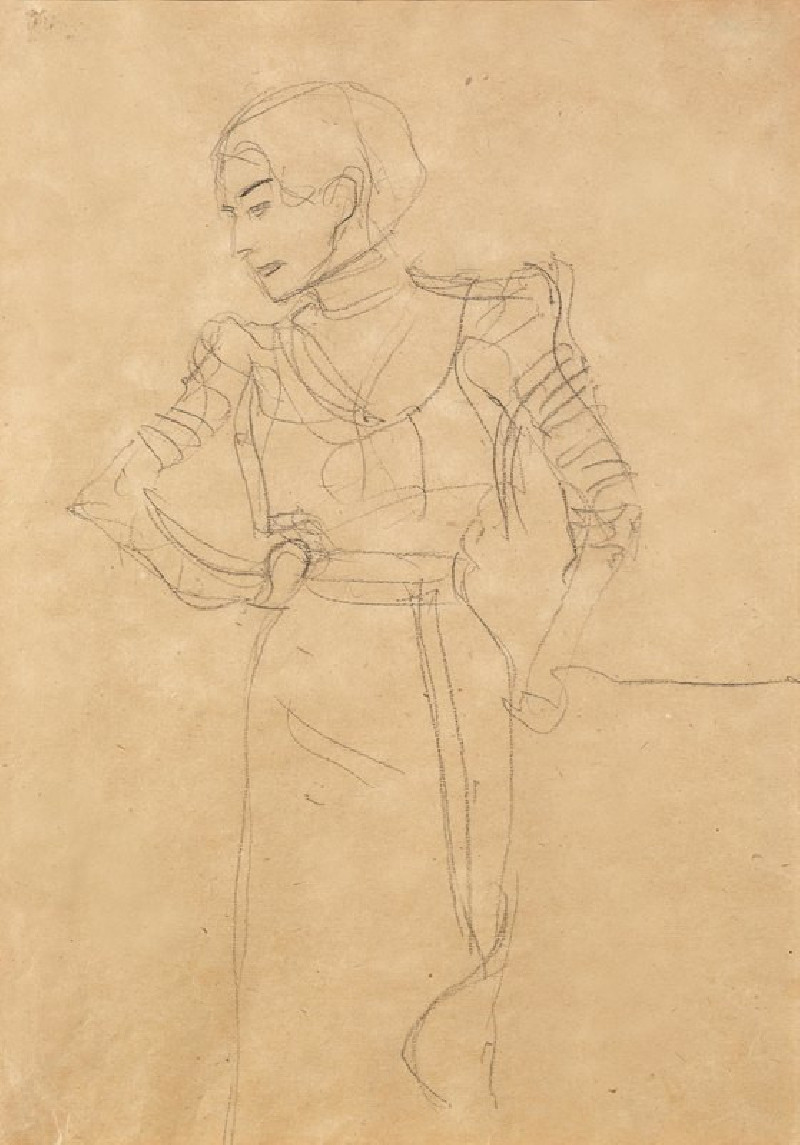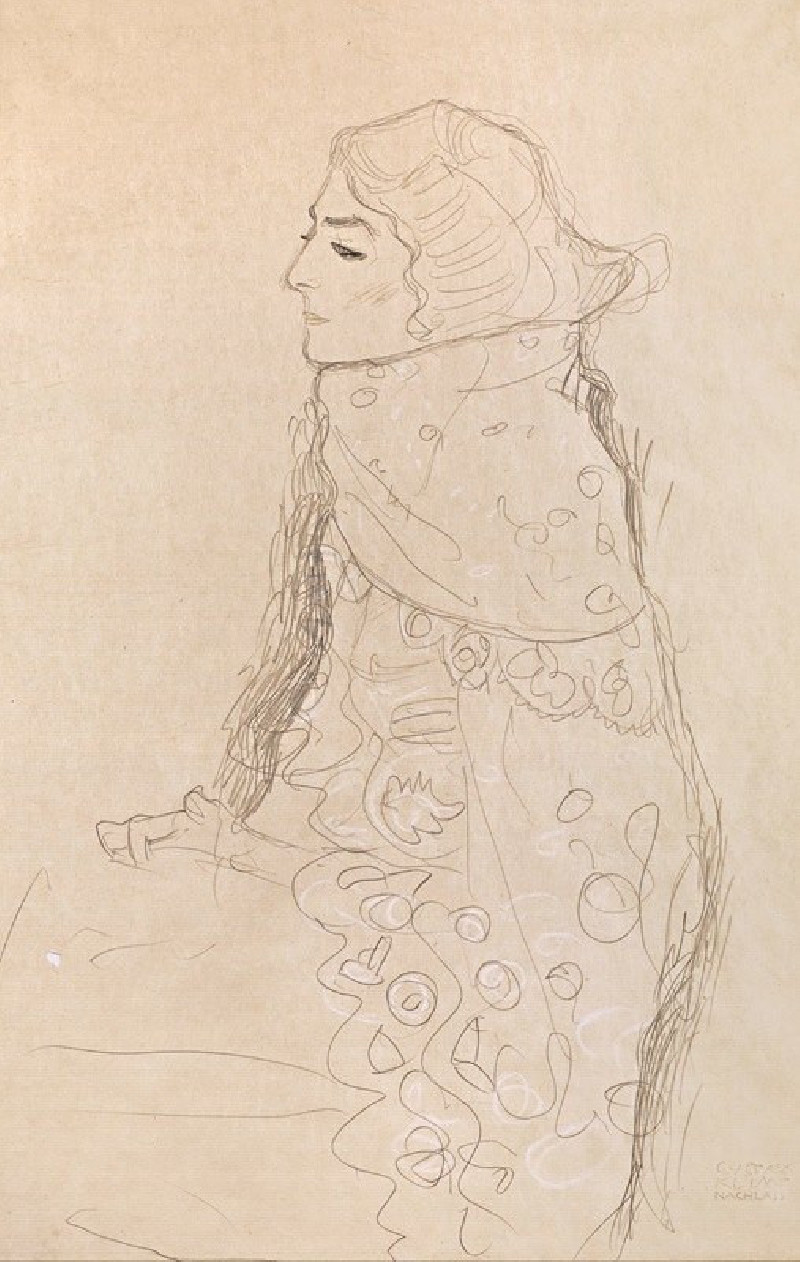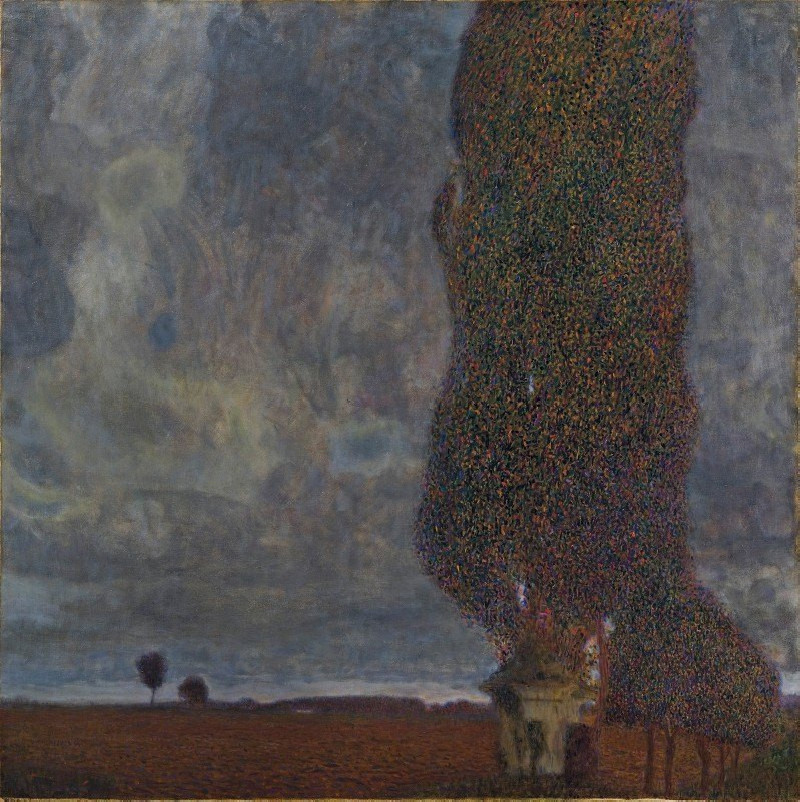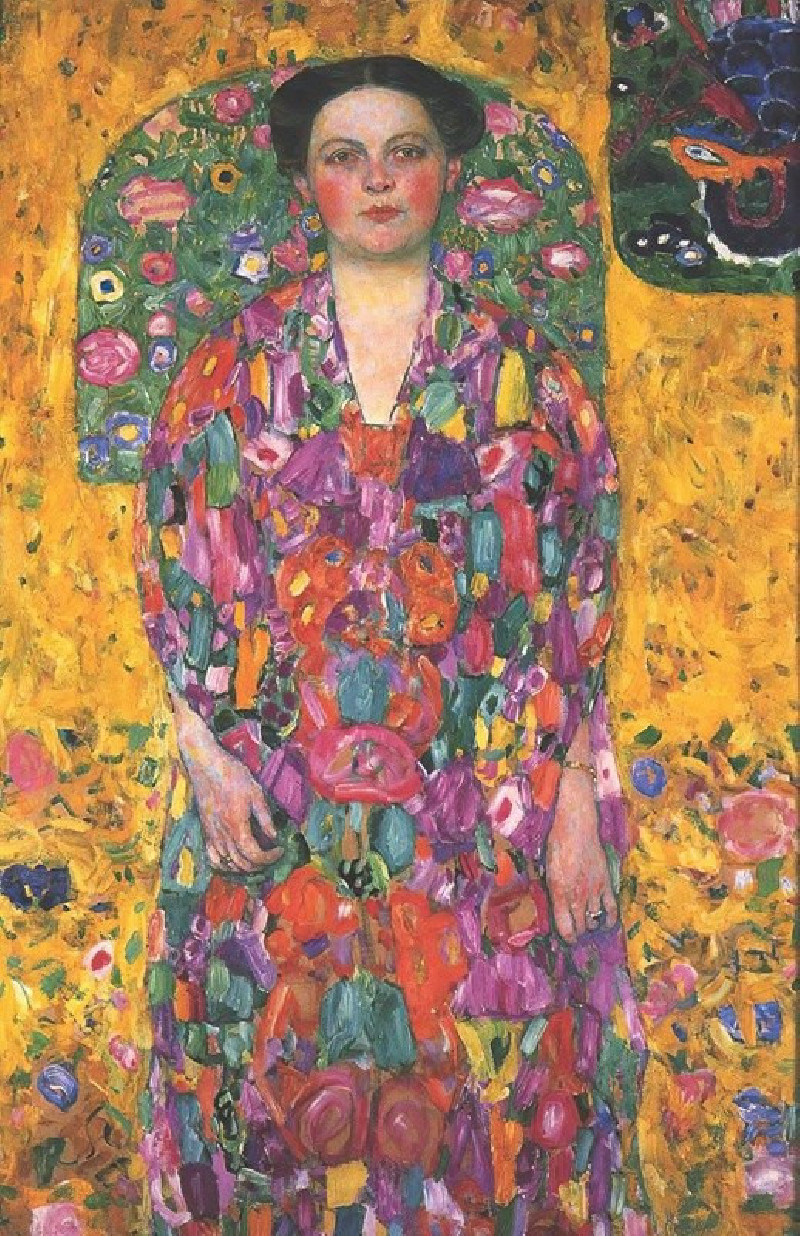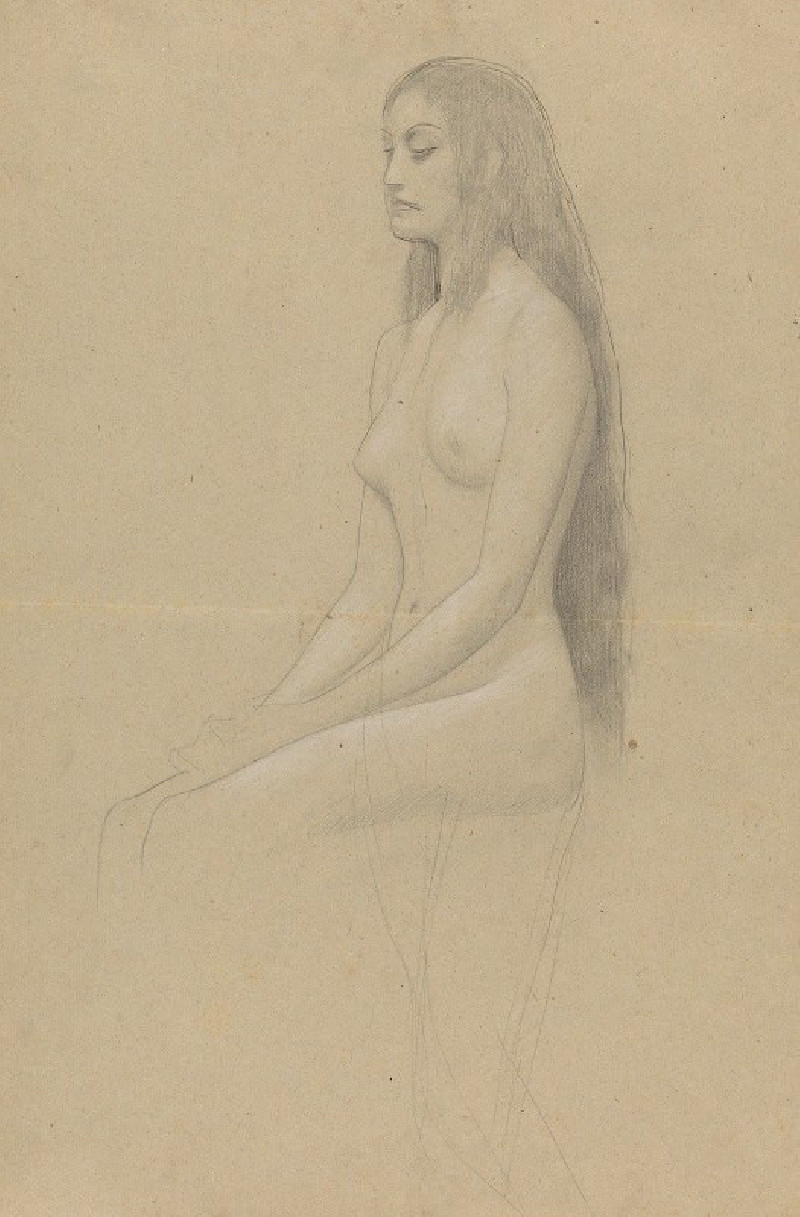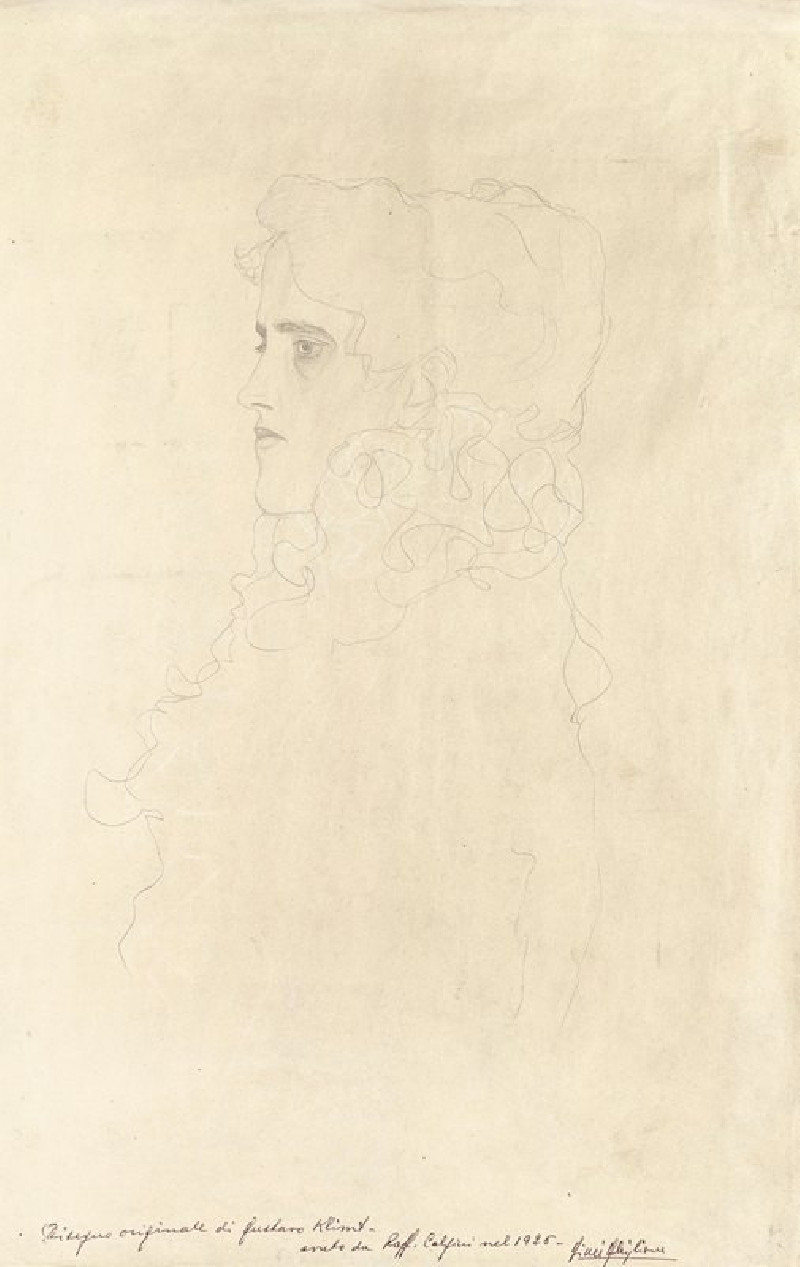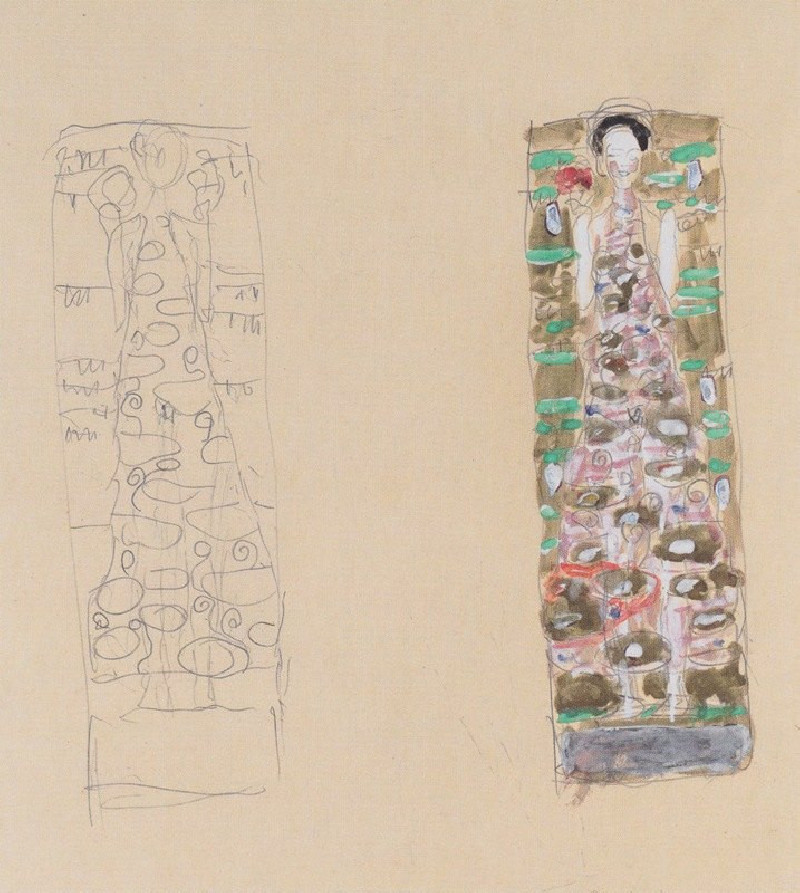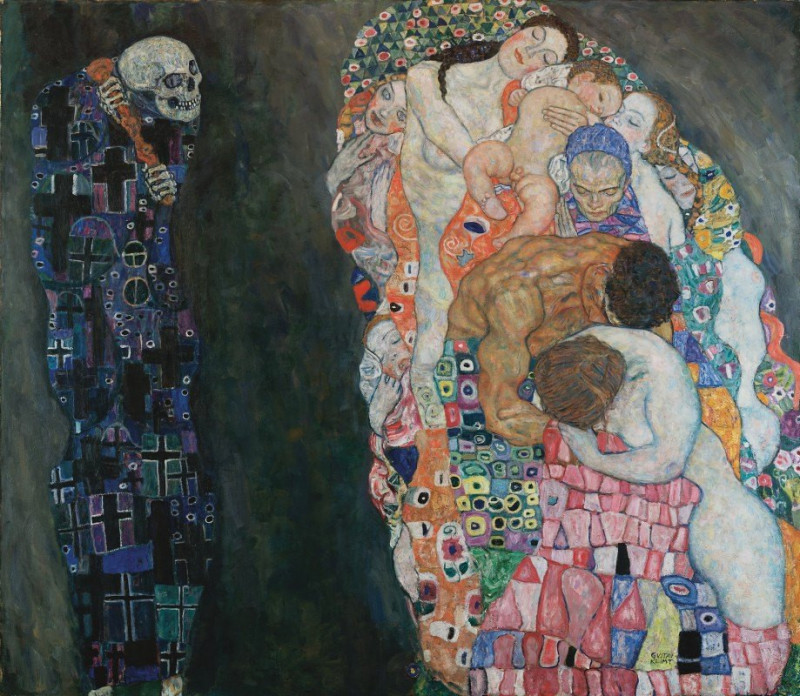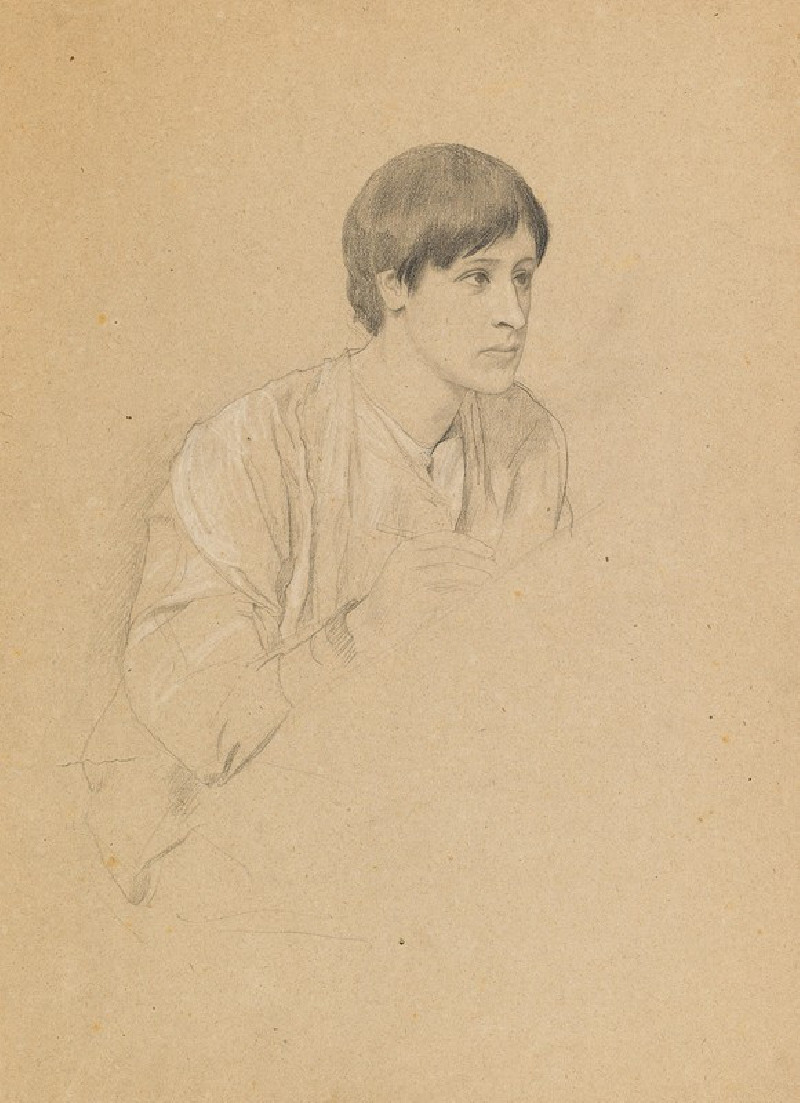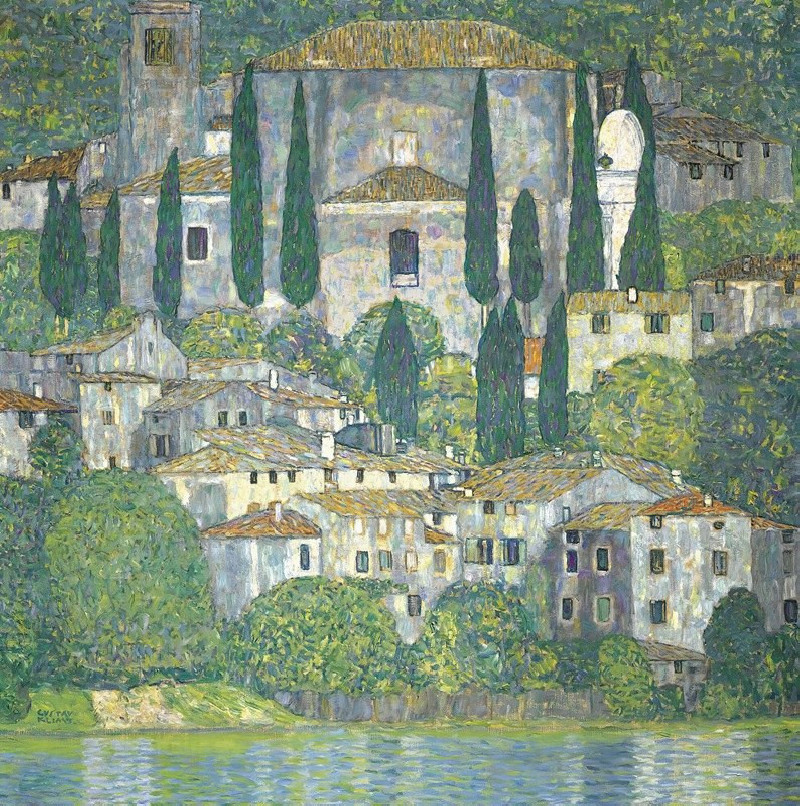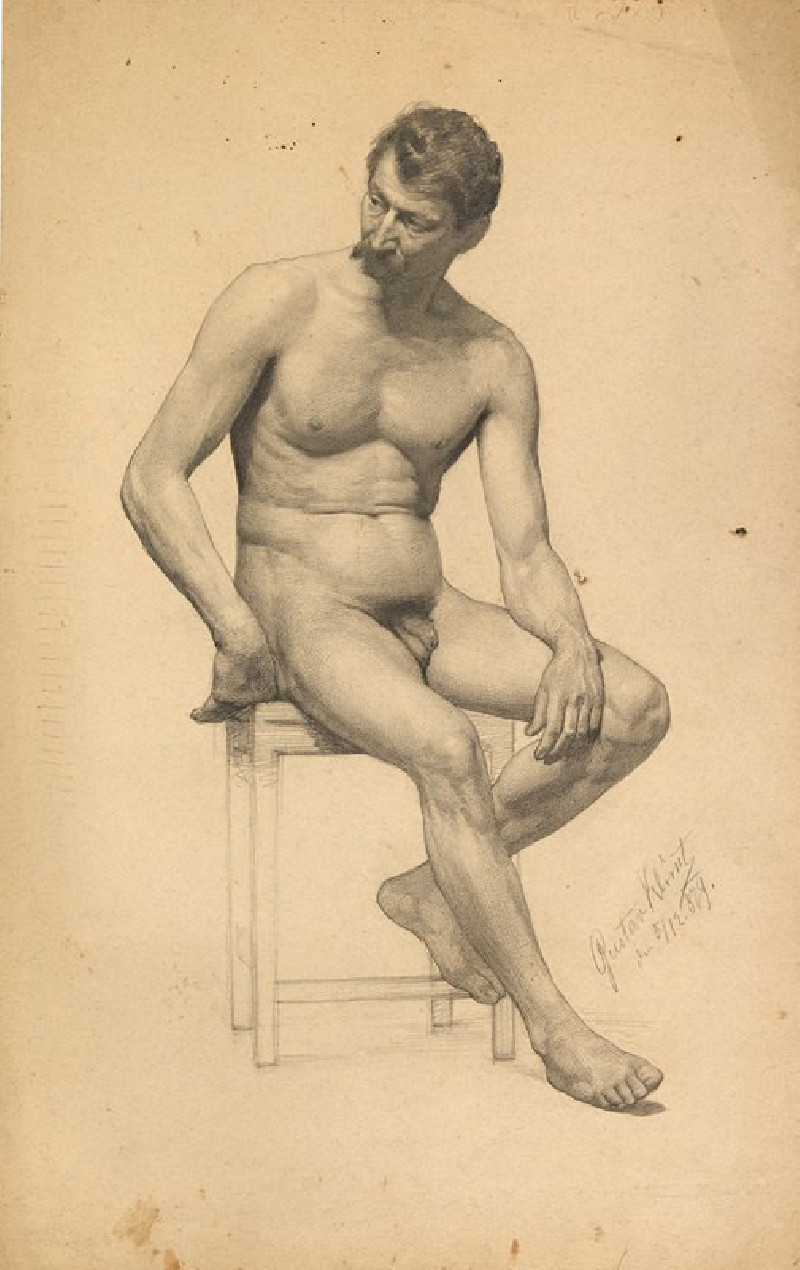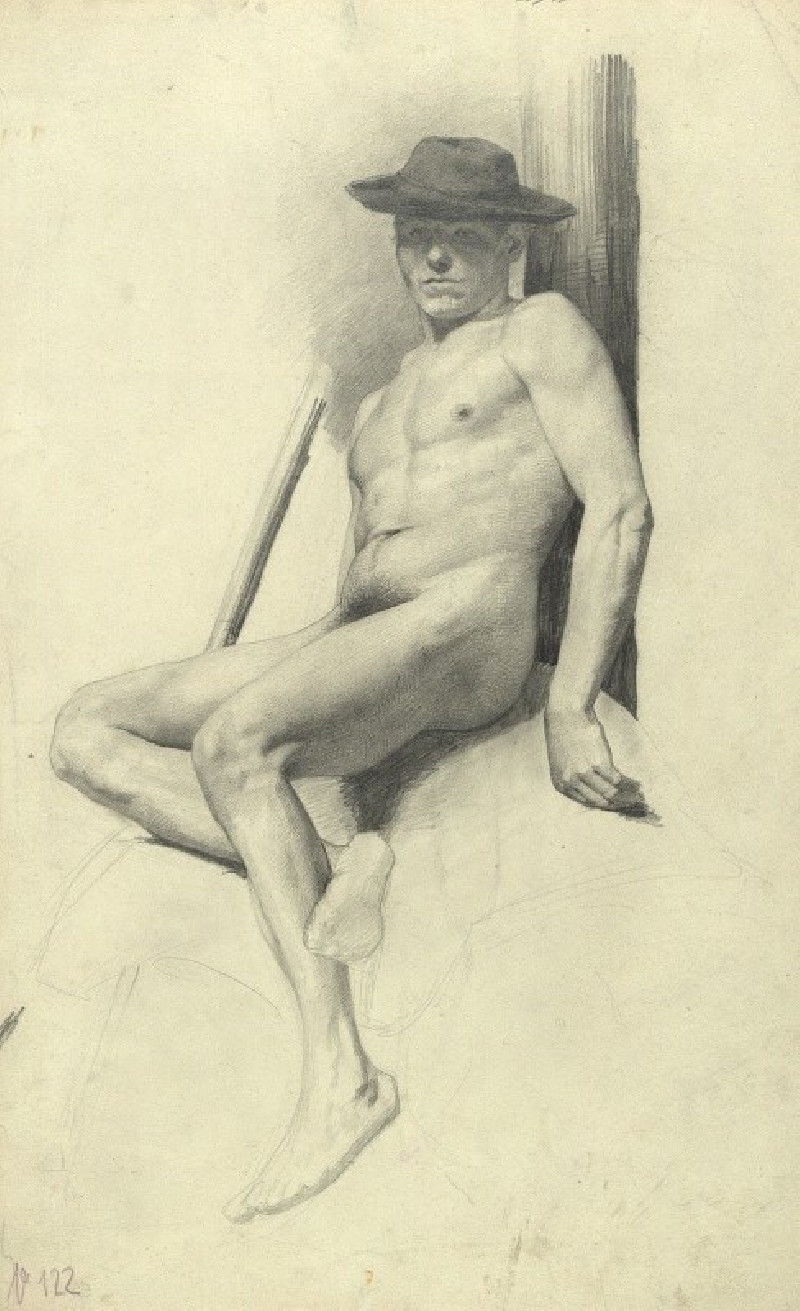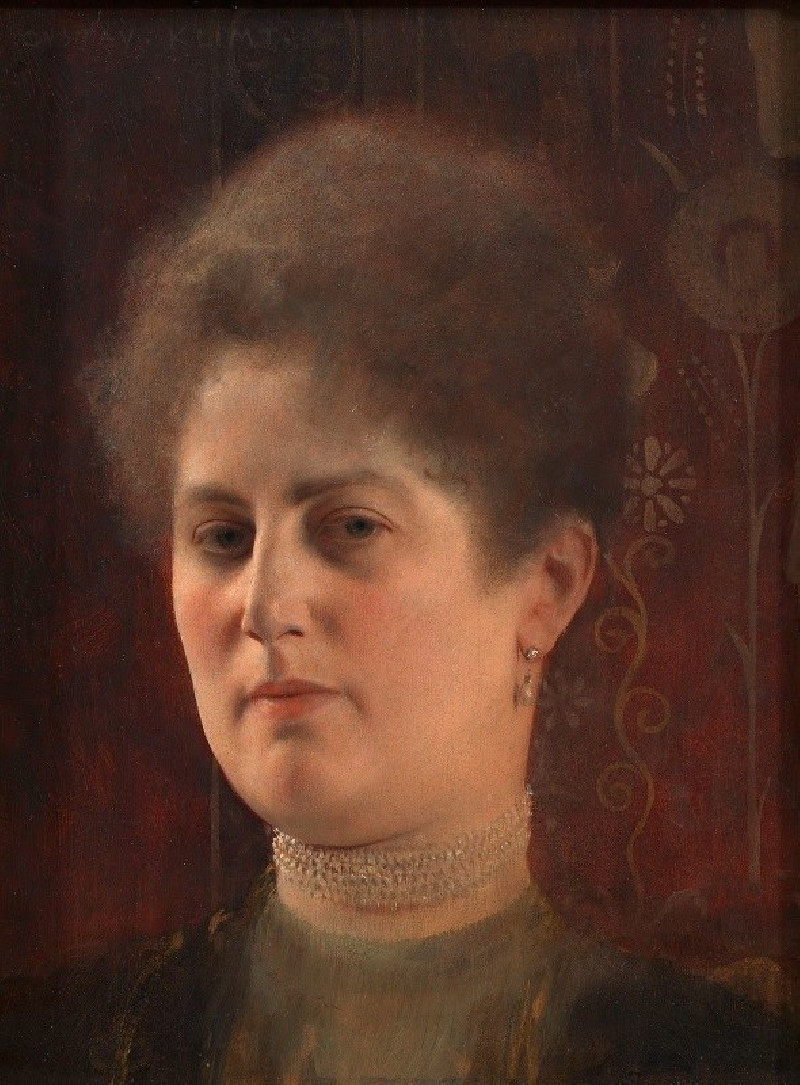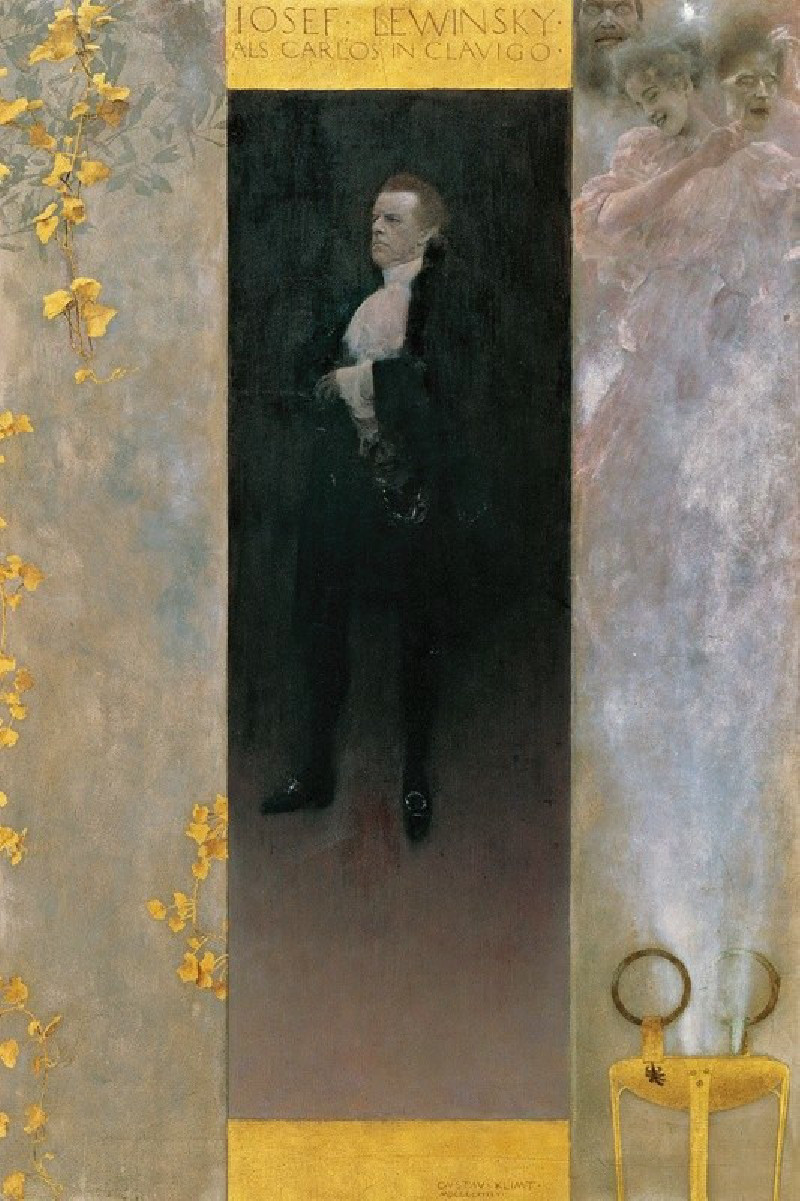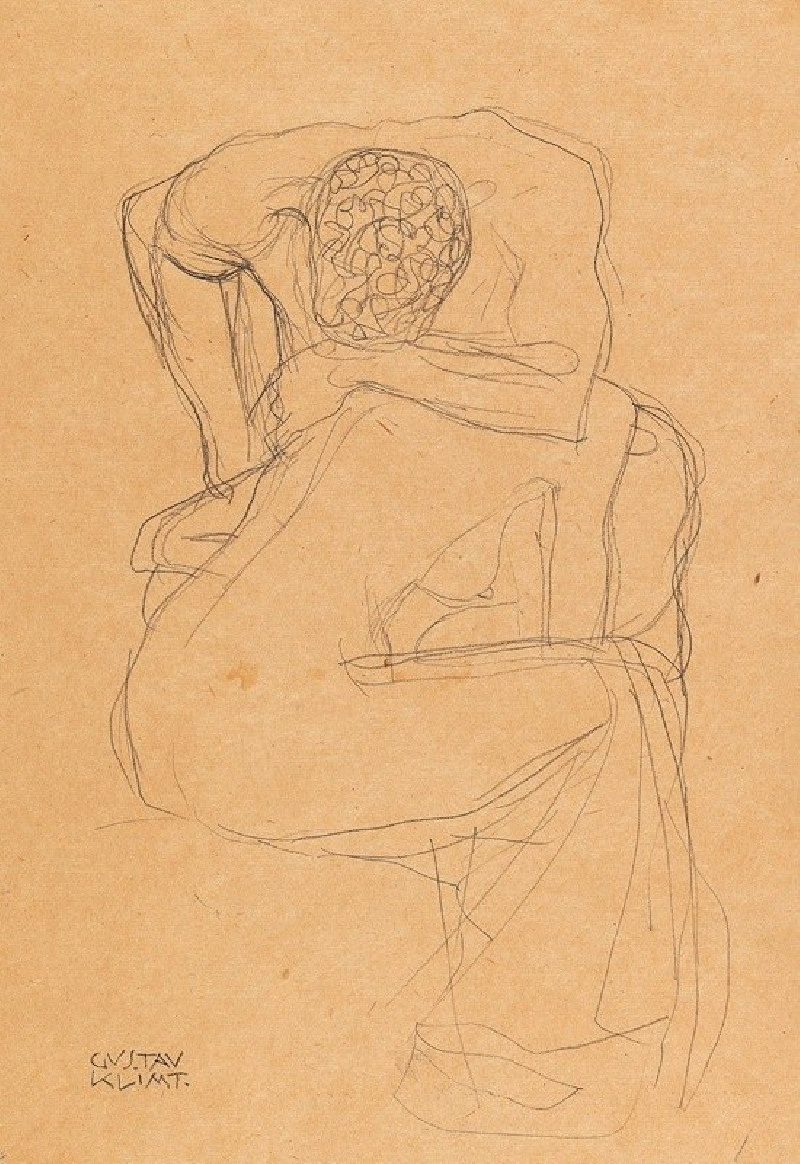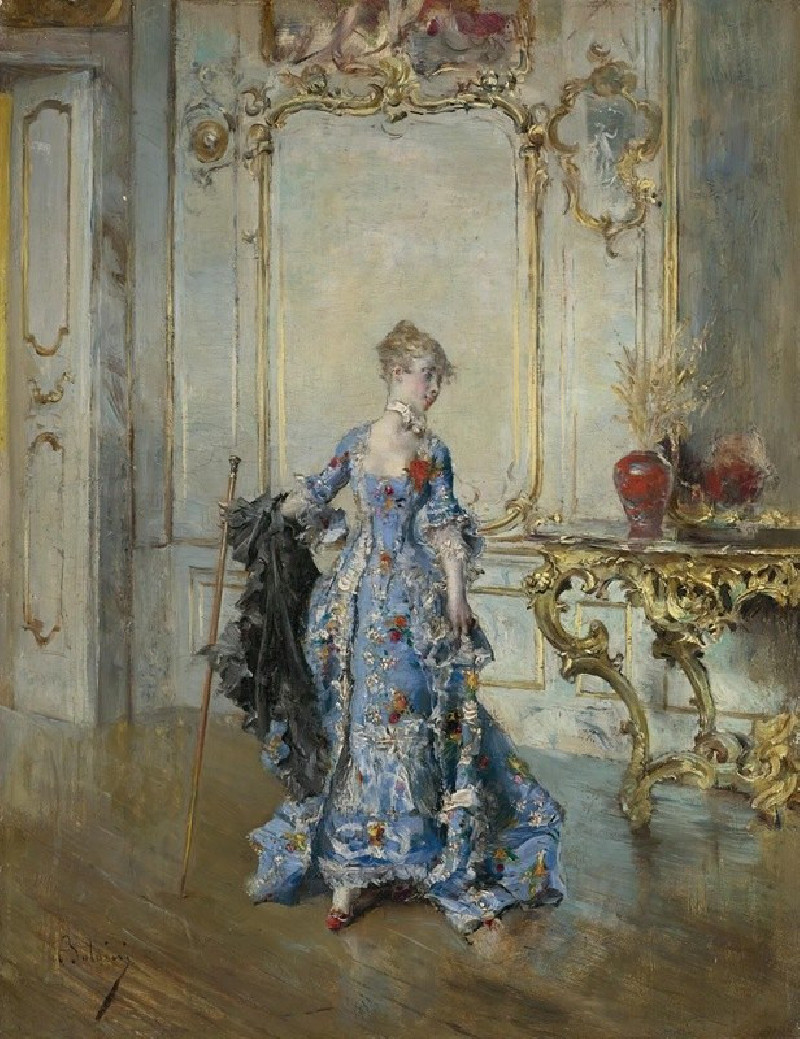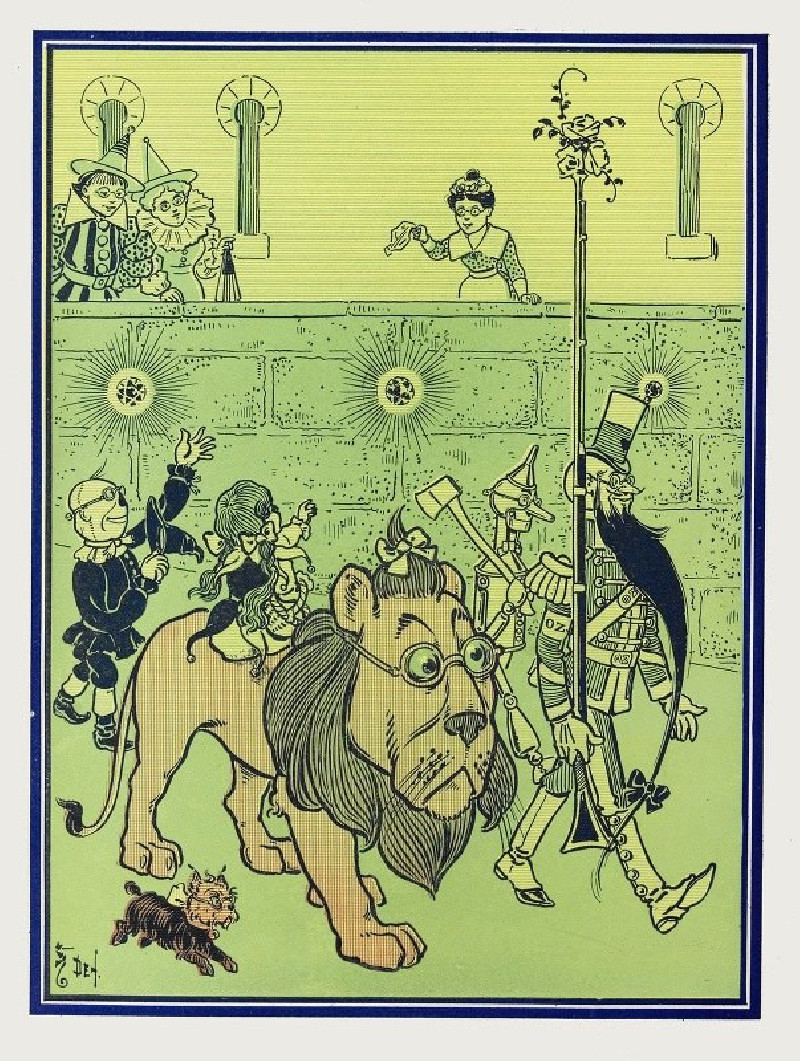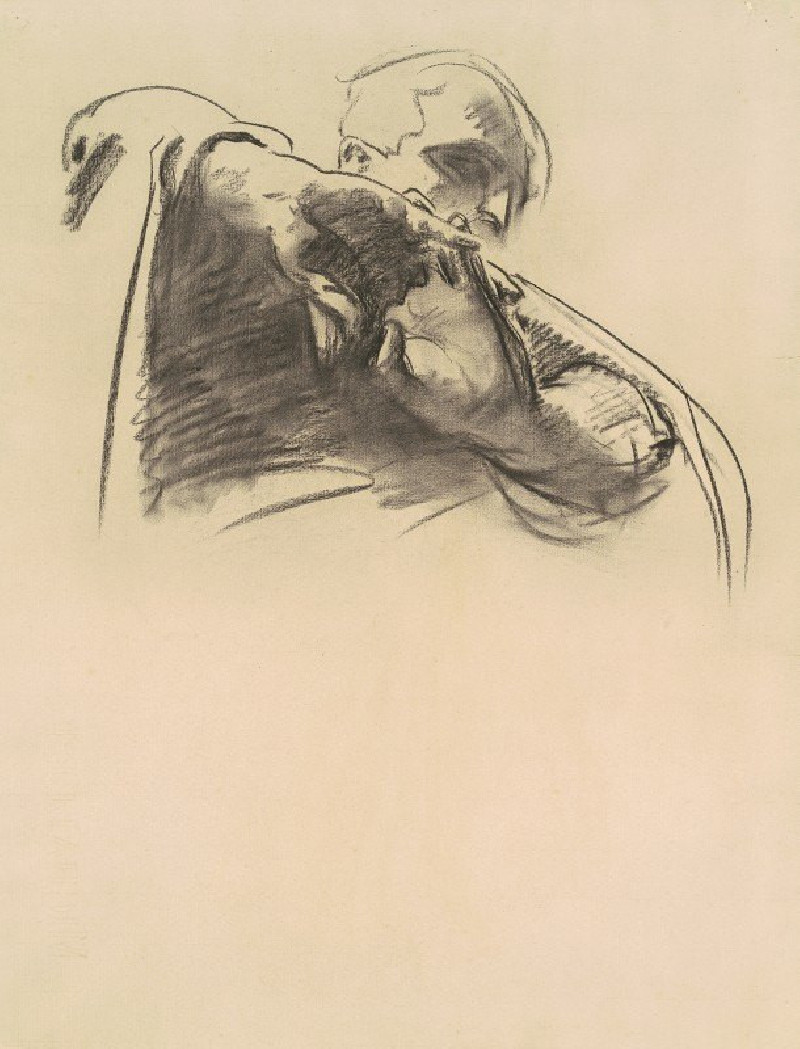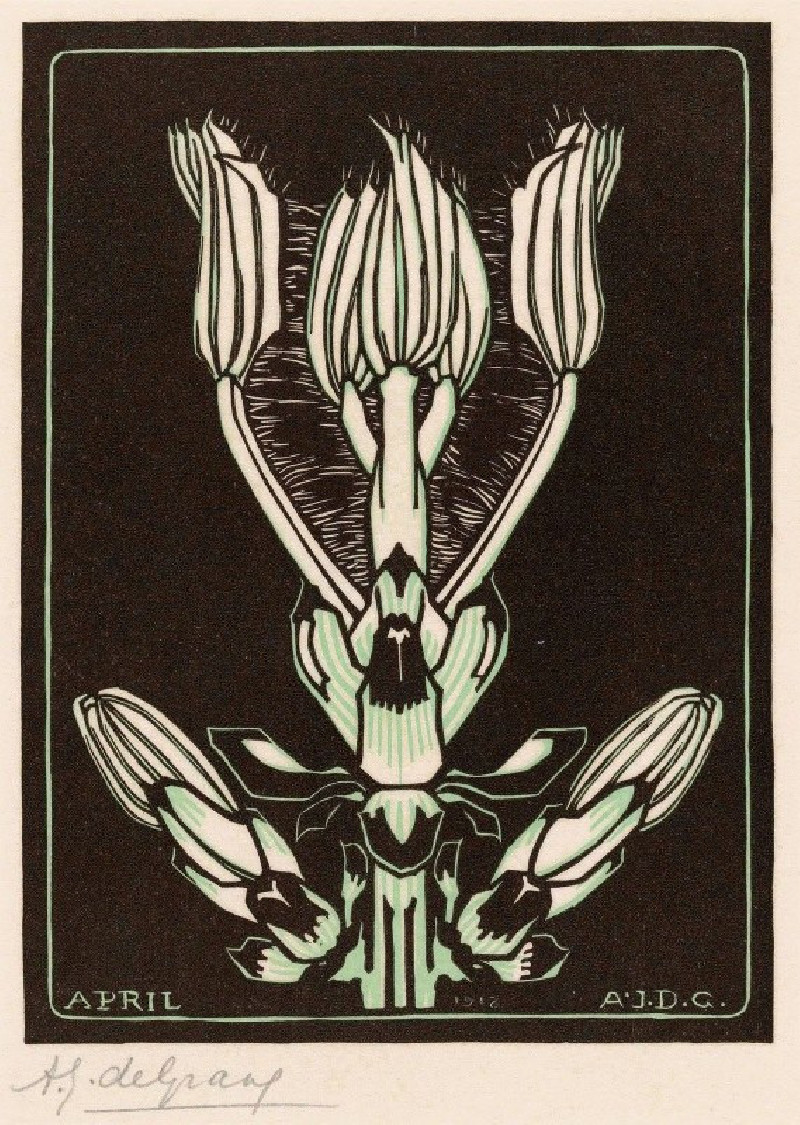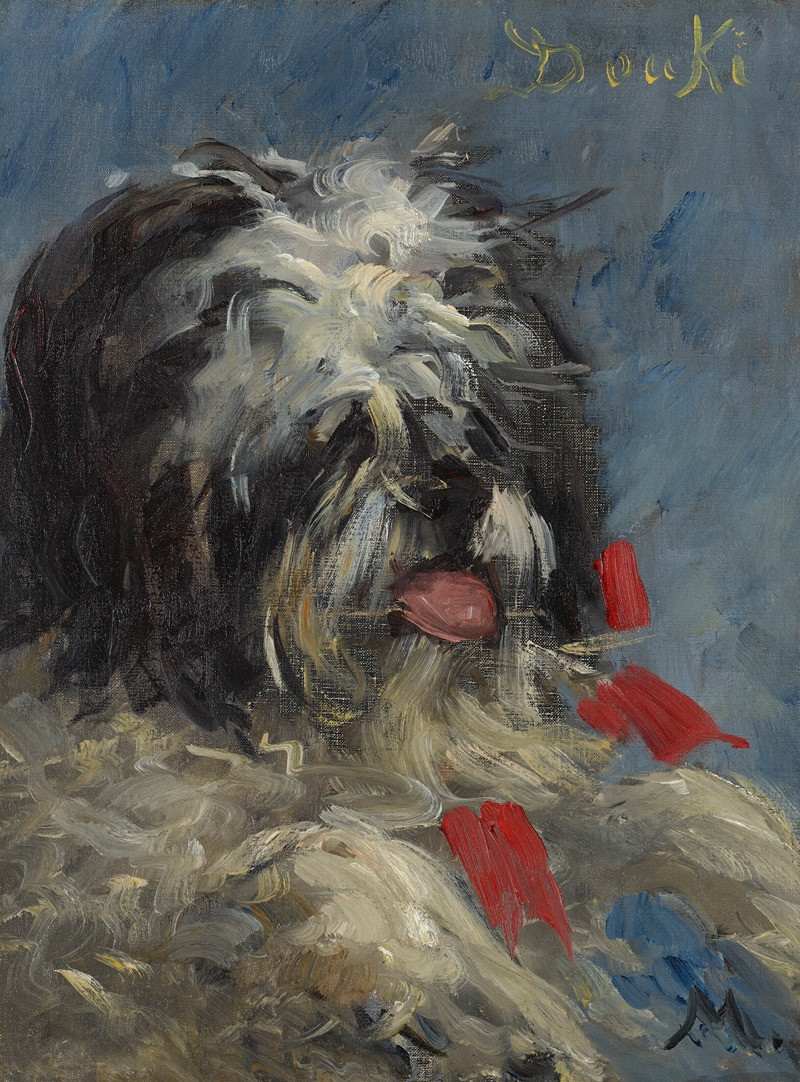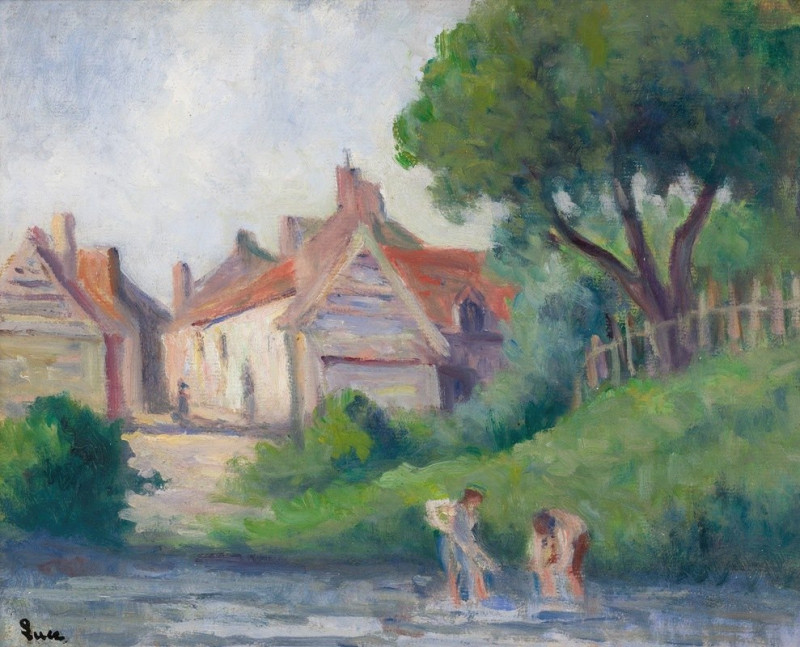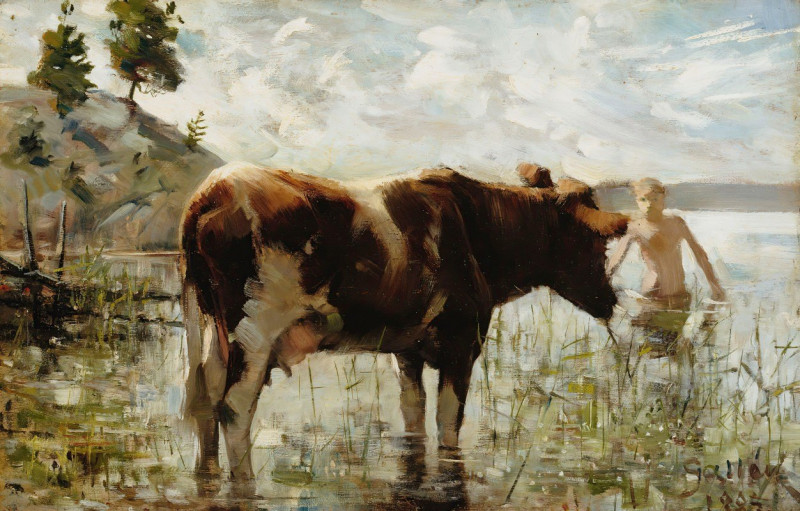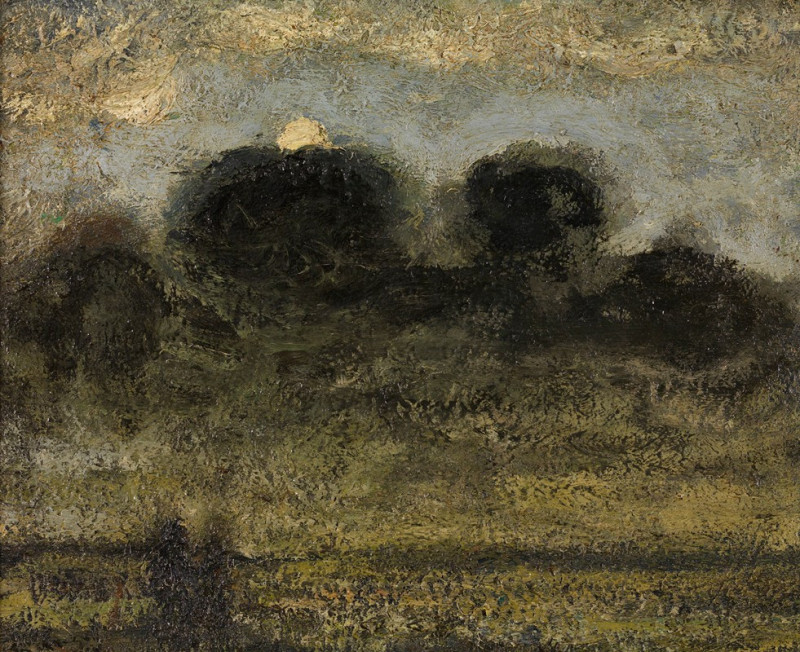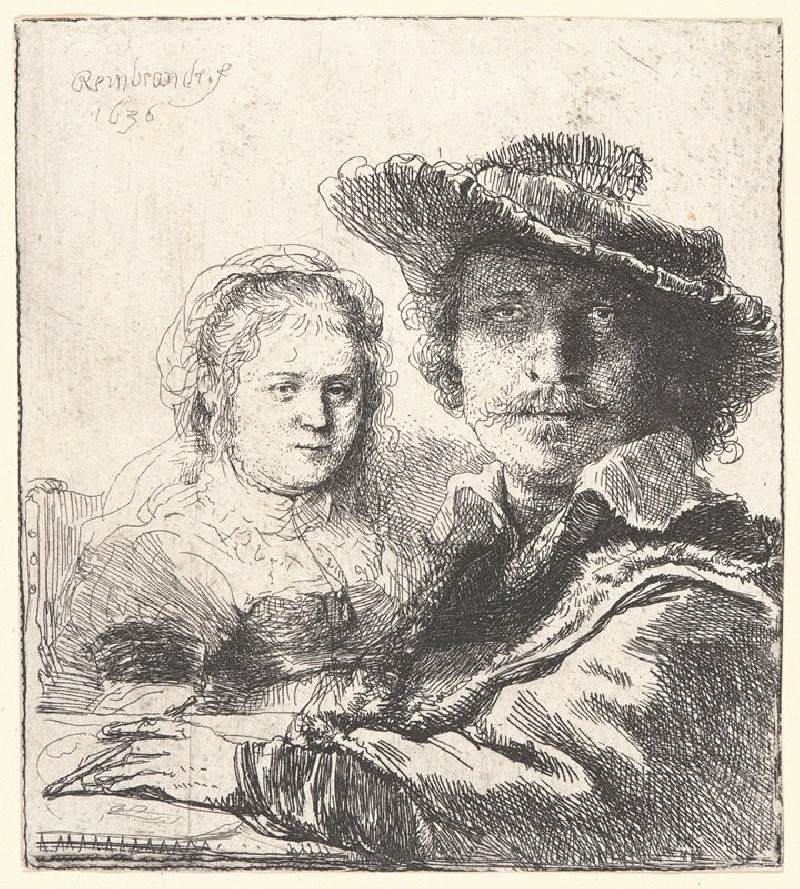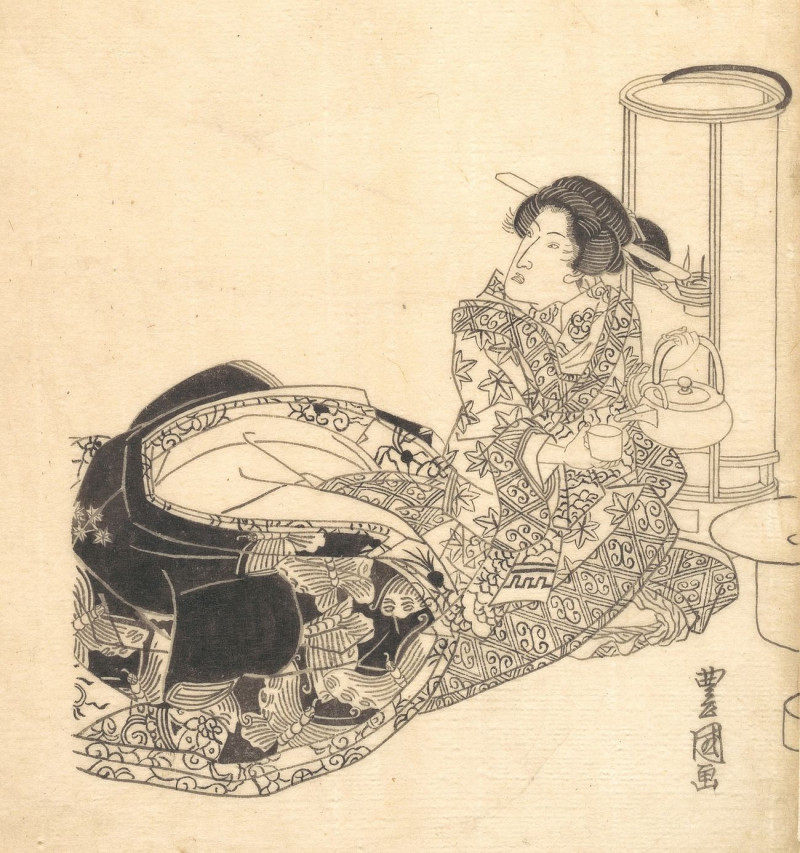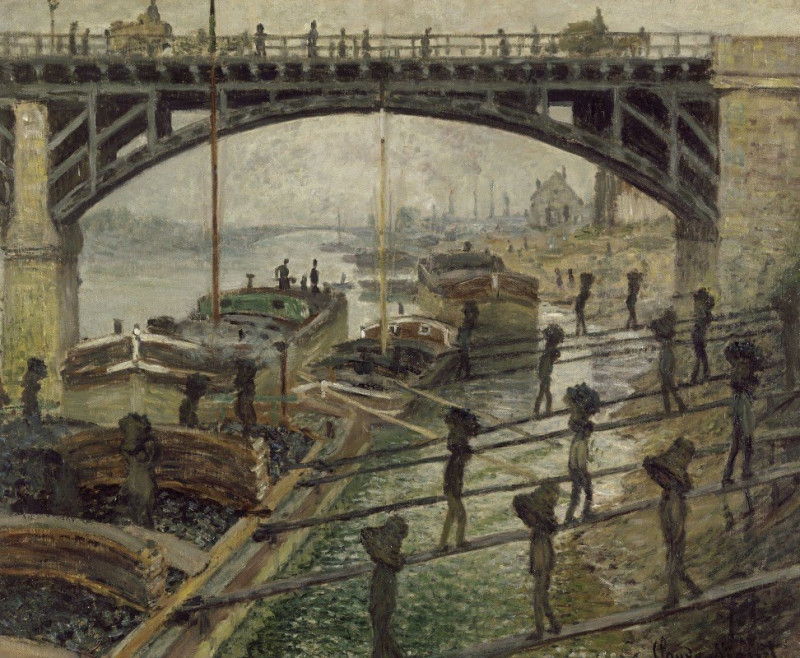Bauernhaus in Buchberg (Oberösterreichisches Bauernhaus) (1911)
Technique: Giclée quality print
Recommended by our customers
More about this artwork
Titled "Bauernhaus in Buchberg" (Farmhouse in Buchberg), this enchanting 1911 painting by Gustav Klimt illustrates a serene rural landscape that epitomizes the beauty of simplicity. The farmhouse, depicted with muted wooden textures, merges almost seamlessly into its lush surroundings, illustrating Klimt's masterful use of color and form to blend man-made structures with the natural world.The verdant greenery, laden with a tapestry of leaves, creates a vivid canopy that dominates the upper portion of the canvas. This expanse of foliage, composed of myriad tones of green interspersed with flecks of blue and yellow, suggests the density and vitality of life. Below this leafy arch, the eye rests on a blooming meadow, sprinkled liberally with colorful flowers that add vibrancy and a sense of wildness to the scene.Klimt's technique, marked by intricate detail and dazzling juxtapositions of color, brings a textural richness that almost invites the viewer to reach out and touch the rough bark of the trees and the soft blossoms of the meadow. This painting not only captures the tranquility and beauty of the Austrian countryside but also evokes a deep sense of peacefulness and contemplation.
Delivery
Returns
Gustav Klimt (1862–1918) was one of the greatest Austrian symbolist painters of the Art Nouveau era. Renowned as one of the most prominent founding members, and as a president of the Vienna Art Nouveau movement (Vienna Secession). His works were mainly paintings, murals, and sketches. Marked by his numerous erotic drawings, Klimt's primary subject were female figures, and at one point his work was even criticized as pornographic. Klimt found financial success in his "Golden Phase" with decorative techniques and the prominent use of gold leaf in his paintings.

